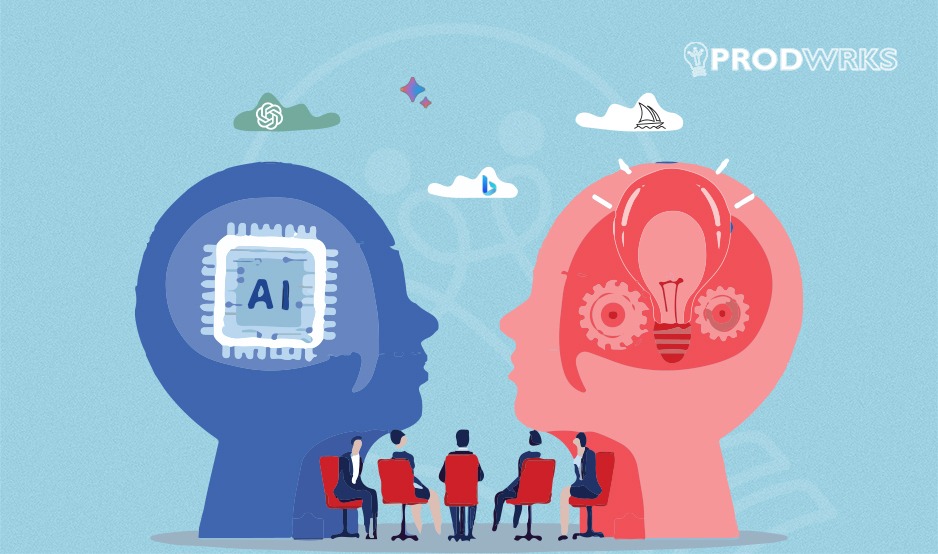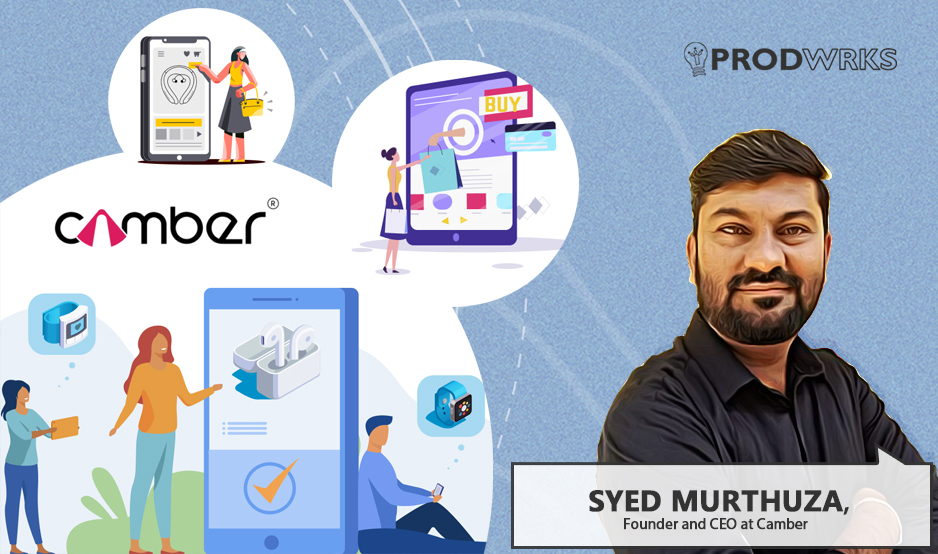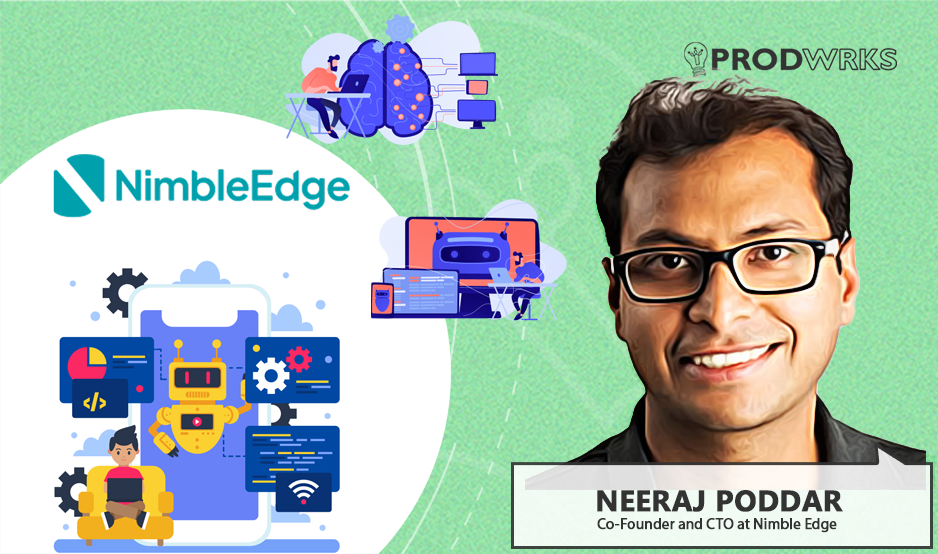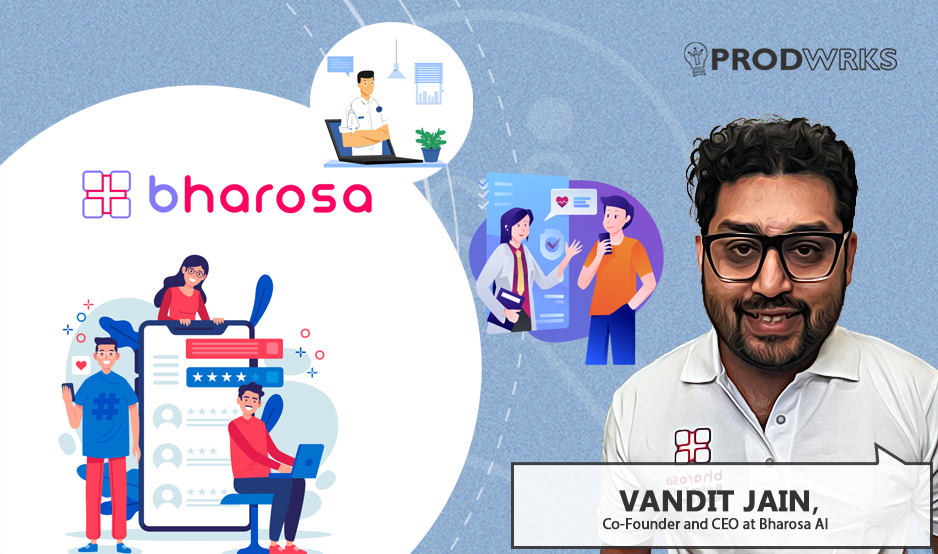
The author of this article is Harsh Kaur, Member of the ISACA Emerging Trends Working Group and Regional Account Manager at Trend Micro.
“It’s complicated.”
This is how the love-hate relationship between humans and AI can be defined – isn’t it? From ChatGPT to Metaverse, artificial intelligence sparks fascination and curiosity and promises an unimaginable world of possibilities to us, including:
- Early detection and diagnostics of diseases and thus more effective treatment of patients
- Simulating varied fighting models to train military soldiers
- Digital assistants that offer 24*7 customer support
- Analysing sensor data and predicting breakdowns of operational machinery in factories
AI today has seamlessly integrated into every aspect of our lives, and this just seems to be the start.
Human & AI - The Frenemies
Well, AI augments human effectiveness and boosts productivity, but it also challenges human capabilities and threatens autonomy. AI has also been at the heart of multiple security and privacy debates due to its value-agnostic design that may not differentiate between good and bad access.
And its data-dependent nature also creates new points of vulnerabilities that are heavily exploited by adversaries. And let’s not forget the fear of AI replacing our jobs!
With the mixed emotions we bear for this powerful tool, it thus becomes critical to delve deeper into some need-of-the-hour questions:
- Can we trust AI? Can this technology be adopted on a larger scale?
- How are the benefits and risks of artificial intelligence perceived?
- How do we safeguard against the weaponization of AI?
Trust in Artificial Intelligence - The Status Check
To identify and address such burdening concerns, KPMG conducted its Global Study 2023 – Trust in artificial intelligence – among 17,000 people from 17 countries to understand the current relationship between humans and AI and found:
- 85% believe AI results in a range of benefits, but only one in two people believe the benefits of AI outweigh the risks
- 82% of people are aware of AI, but one in two people report feeling they do not understand AI and its use
- Most people across all countries (82%) want to know more about AI.
- 71% expect AI to be regulated to tone down the uncertain and unpredictable nature in future
- India and China share the highest confidence in awareness, acceptance and trust in AI
This survey portrays the current status quo and represents the understanding, awareness, and perceived benefits vs risks that we have borne for this fast-evolving technology. And there is no denying that the problem is real.
So, what’s the road ahead? To simplify the complicated quotient of Humans and AI – the transformation from a race of control to a mindset of collaboration is the key. Yes, to spin to the next level of digital maturity and build effective digital trust strategies, a collaboration of coding and connecting is the need of the hour.
Collaboration of Coding and Connection
Trust is not the goal – it’s the journey and two-sided story. The journey of artificial intelligence involves the human touch and promises responsible, transparent, inclusive and sustainable innovations. In the words of Mr Narendra Modi, the Prime Minister of India, “The evolution of technology has to be rooted in the ethics of Sab ka Saath, Sab ka Vikas”
Humans need to embrace, learn and grow with AI as an ally, and as rightly pointed out by the Prime Minister, remember that “Artificial intelligence is a tribute to human intellectual power, the power to think enabled humans to make tools and technologies. Today, these tools and technologies have also acquired the power to learn and think.”
Well, this win-win partnership of coding and connect has enabled geography to become history and imagination a reality, and this saga of resilience, progress, and boundless human ingenuity is and will always be unstoppable.
Bridging the Gap - AI & Human
The cornerstones in action to bridge the gap between AI and Human is well depicted in the latest EY report, How do you teach AI the value of trust?
- Embedding trust into every facet of AI: Promote awareness of AI as a technology with the intended business outcomes at all levels of business and mapped with organisation objectives cum goals.
- Taking holistic views of AI risks- measure the risk exposure and business impact of AI projects against the core guiding principles i.e. ethics and corporate values, social responsibility, accountability of system’s outcome, transparent cum explainable workflows and reliable performance.
- Leading tactics for managing risk and building trust – Leverage a multi-disciplinary advisory board that can assess AI risks and benefits from 360 degrees, building responsible AI by design, regular independent AI ethical and design audits by a third party, and awareness training to educate on legal and ethical considerations around AI and associated responsibility etc.
To sum up, the collaborative intelligence of machines and humans can be harnessed to knit the benefits of both worlds. Scale speed and growth married to emotions, intuitions and creativity that, step by step, promise a reimagined world of possibilities as a team, and so together, everyone achieves more.
ABOUT THE AUTHOR

Harsh Kaur is a cybersecurity sales leader and is currently the Regional Account Manager at Trend Micro. She is also one of the founding members of CyberGurukul and a member of the ISACA Emerging Trends Working Group. She has 9+ years of work experience in business development, customer relationship management, and OEM partner engagement in the IT sector and the cybersecurity industry.
Harsh is the winner of the HerRising Women Professional Award and holds an MBA from Symbiosis (Gold medalist).



